|
The 2016 Cortile Italian Car show was quite an event.
We started things off with a special presentation by Jeff Mahl on Friday evening about he 1908 New York to Paris Race. It was a lively and very informed presentation about Jeff's great great grandfather's experience racing around the world over 100 years ago. On Saturday we had several very special cars show up for the De Tomaso feature as well as a Stanguellini race car! Take a look at some of the live footage below that we posted on our Facebook Page during the weekend activities for more details.
THE 2016 CORTILE CUP WINNERS CIRCLE
In the Best Italian Speciality Car category that Stanguellini race car took top honors. Our Proiettore Macchina feature winner was a gorgeous white Pantera.
The Ferrari and Lamborghini winners added the iconic Italian sports car colors to the Winners Circle and a very very unique Maserati joined us from Erie, PA to take the final spot in the Winners Circle!
Jeff is the Great Grandson of George Schuster, driver of the American Thomas Flyer and winner of the 1908 New York to Paris Race.
For his victory, George was inducted into the Automotive Hall of Fame beside other racing greats including Andretti, Bugatti, Ferrari, and Shelby.
This car was partially restored in 1970s and spent approximately 20 years in a private museum of an Italian car collector in Miami, Florida.
The current owner purchased the car in 1994 and has spent the last 8 years restoring it to the original racing condition. This was it's first showing since coming out of the garage!
Make plans now to join us next summer at the Cortile when we will feature Alfa Romeo as our 2017 Proiettore Macchina!
1 Comment
Where it startedIn 1896 the first Italian car was produced. 10 short years later, in 1906, the Targa Florio race was started. The Targa Florio race drove much of the passion of the early Italian Automobile manufacturers who’s names have become the legends of today. The Targa Florio open road endurance race was considered one of the toughest competitions in Europe. The 1906 first running covered 3 laps equalling 277 miles through multiple hairpin curves on treacherous mountain roads, and at heights where severe changes in climate frequently occurred. Then, just as today, automobile manufacturer’s and drivers proved their mettle by winning races. It was out of that heat of racing competition that fueled many of the iconic Italian car marques of today. Alessandro Cagno won the very first Targa Florio in 1906. He was employee #3 at the Fiat automobile company that had formed in 1899. Fiat was one of the first Italian manufacturers to be involved in racing. In 1908, Vincenzo Lancia, finished 2nd at Targa Florio. Lancia had been a race driver for Fiat starting in 1900. In 1906 he had started is own automobile manufacturer and launched his first production car, the Lancia Alpha, in 1908. By 1913, Lancia introduced the the very first complete electrical system as standard equipment on his cars. No doubt that innovation was derived from his racing experience. Although Vincenzo Lancia started his company in 1906, at the 1908 Targa Florio he was driving a Fiat. Not only where the boundaries of the race courses muddy at that time, so where the relationships between those early manufacturers. They shared component parts and people. It's always been a melting pot in that sense... Some have said that the history of Italian car manufacturing reads like a soap opera, with tales of arguments and agreements, of splits, mergers and acquisitions. Indeed, the tales of who worked for whom, who raced for whom and who supplied what for whom are so very intertwined and melded together that it is often difficult to know where any single bit of innovation originated. Enzo Ferrari once said "If you see what a competitor is doing and it is better than what you are doing, you have to surpass them to ensure your cars are better." Italian manufacturer’s where constantly stealing away the best talent or forging new alliances, whether it be engineering, design, production or racing drivers. It’s that hot blooded molten cauldron of racing competition that forged Italian cars from the very beginning.
The Monocoque & Carrozzeria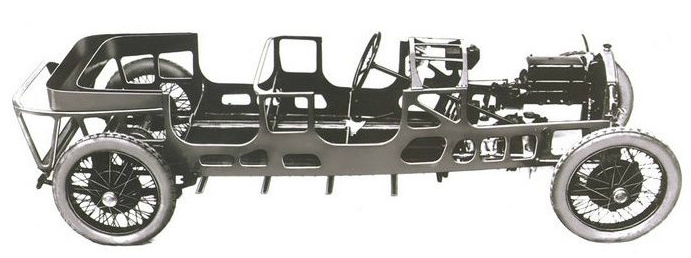 The Lancia Lamda was based around a steel monocoque which eliminated the need for a heavy frame. Most of the body's strength came from the driveshaft tunnel which formed a lightweight backbone for the car. Passengers were seated beside the tunnel allowing for a lower roofline. Typically cars of this period placed all the occupants above the driveshaft which resulted in a high center of balance. In 1922 Lancia introduced the very first monocoque bodied car. That is, the first car that had a body that supported the structural load by using the car's exterior body, rather than an internal frame. The idea of a monocoque was not well received in 1922 even though it is the standard design in Formula One and Indy Car Series racing today. This was primarily because of the use of Carrozzeria. In those early motoring days, you see, when series production did not yet exist, the process of acquiring a new vehicle required two major decisions by a car buyer:
Editor's note: Are you seeing red yet? Quite the soap opera so far eh? We're only in the 1920's! This is part of the reason why the Cortile at the PVGP is a car show about ALL of the Marques of Italy: They are all so very intertwined that it's difficult to appreciate one marque without paying homage to several others at the same time. Keep reading, it gets more interesting... Rosso Red, The Quadrofoglio & Scuderia FerrariWhy Italian Cars are Red In 1904, many national motor clubs banded together to form the Association Internationale des Automobile Clubs Reconnus (AIACR) which is the predecessor to the current FIA governing board which it become known as in 1950. Originally the country colors where: Blue to France, Yellow to Belgium, White to Germany and Red to the USA. Italy “adopted” its famous 'Racing Red' when a red Itala (Itala was a car manufacturer based in Turin, Italy from 1904-1934) won the Peking to Paris race in 1907 but it really wasn’t ‘established’ until the “Rosso Corsa" Alfa Romeo’s began to dominate racing events in the 1920’s. The Quadrifoglio The cloverleaf or “quadrifoglio” has been used on Alfa Romeo cars since 1923. As a friend of Enzo Ferrari, Ugo Sivocci was hired by Alfa Romeo in 1920 to drive in the three-man works team, called "Alfa Corse", with Antonio Ascari and Enzo Ferrari.
Upon Sivocci's death, the quadrifoglio was adopted for all Alfa Romeo racecars. The quadrifoglio emblem 'cloverleaf' has been the symbol of Alfa Romeo racing cars since1923. Since WWII, it has also been used to designate the higher trim models of the range. The quadrifoglio is usually placed on the side panels of the car, above or behind the front wheels—on the front wings in the case of modern vehicle. Editors note: Sivocci’s car number was 17. That number was retired upon his death in 1923 and has not been used by ANY Italian Race team since. Ferrari begins at Alfa Romeo Which brings us back to Alfa Romeo who won the inaugural Grand Prix world championship in 1925 with Enzo Ferrari at the helm of the team.
Scuderia Ferrari In 1929 Ferrari started the Scuderia Ferrari team in order to enter amateur drivers in various races primarily racing Alfa Romeo’s. In 1930 Tazio Nuvolari won the Mille Miglia in an Alfa Romeo 6C. In 1933 Alfa Romeo experienced financial difficulties, and withdrew its in-house team from racing. The Alfa Romeo racing team was privatized and officially named Scuderia Ferrari with team leader Enzo Ferrari at the helm. Few people realize that the DNA for every Ferrari was actually born on Alfa Romeo's payroll. Enzo built a robust racing team from scratch starting in 1929, tapping some of the greatest pre-war drivers in Europe to lead the Scuderia to victory. Editors Note: Ferdinand Porsche once said that Tazio Nuvolari is
In 1937, the Maserati brothers sold their shares of Maserati to Adolfo Orsi, although they continued working for the company as engineers under a 10 year contract. In 1938, Alfa Romeo management made the decision to enter racing under its own name, ere-establishing the Alfa Corse organization, which absorbed what had been Scuderia Ferrari. Enzo Ferrari disagreed with this change in policy and was dismissed by Alfa Romeo in 1939. The terms of his leaving forbade him from motorsport under his own name, for a period of four years. However, Ferrari managed to manufacture two cars, named the AAC Tipo 815’s, for the 1940 Mille Miglia, engineered by Alberto Massimino and driven by Enzo’s old racing partner Antonio Ascari’s son, Alberto Ascari. This name comes up again later… in 1939 and 1940, a Maserati 8CTF won back-to-back wins at the Indianapolis 500, the only Italian manufacturer ever to do so. World War II, however, brought a halt to most racing. postwar: "Italian" & "Racing" become synonymousAfter WWII new key people joined the Maserati team. Alberto Massimino, the Fiat engineer, with both Alfa Romeo and Ferrari experiences oversaw the design of all racing models for the next ten years. The focus was on the best engines and chassis to succeed in car racing. The new projects saw the last contributions of the Maserati brothers, who after their 10-year contract with Orsi expired went on to form O.S.C.A. in 1947. Also in 1947, Ferrari decided to start making cars bearing his name, and founded Ferrari S.p.A.
By 1949 Ilario Bandini was producing his own car and entered Mille Miglia with his new 1100 siluro, featuring torpedo-like bodywork car and used the a Fiat engine, modified with a twin overhead camshaft cylinder head based on an Alfa Romeo design. Carlo Abarth had been sporting director of the Cisitalia factory racing team since 1947. In 1948 begun the financial downfall of Cisitalia, spurred by the investments needed to put the 202 coupé into production; the following year the manufacturer went under. Carlo Abarth took over Cisitalia's assets and in March of 1949 and Abarth & C. was founded. As you can see once again, just a before the war, Italian auto manufacturing was a melting pot and one of the reasons people are often confused about Italian marques. Interestingly, the Cisitalia 202 is featured in the 2011 video game “L.A. Noire” by Rockstar Games and Team Bondi as a secret car called the Cisitalia Coupe. The game resulted in the liquidation of Team Bondi. Iso Autoveicoli S.p.A. was founded in 1953 by Renzo Rivolta with the introduction of the Isetta “bubble car” The Isetta is always a hit when kids see them at the PVGP and “It’s so cute!” is often heard at both the Cortile and the BMW show. The Isetta was designed to be an ‘everyman car more or less in the same spirit of Henry Ford’s Model T, to enable the Europeans get back on their feet after the war and move into the use of cars again and away from motorbikes which had been the defacto form of transport in the immediate post war era. Demand for the Isetta was so great that eventually BMW stepped in and took over production. “Second is the first of the losers.”The mixing and matching of components, teams and drivers in the 1950’s was both confusing, exciting and exactly where the legend of Italian performance took it’s grip on the asphalt and has not let go since. In 1950 Nino Farina won the first Driver’s Championship in an Alfa Romeo. In 1951 Alfa Romeo won again with pilot Juan Manuel Fangio. By 1952, facing increased competition from their former employee, Ferrari, Alfa Romeo, by then a state-owned company, decided to withdraw after a refusal of the Italian government to fund the expensive design of a new car. In 1952 Alberto Ascari gave Ferrari its first Drivers Championship and then again in 1953. Ascari drove for Ferrari, Lancia and Maserati for the 1954 campaign. Ascari won the Mille Miglia driving a Lancia sportscar.
Enzo Ferrari is famously quoted: “Second is the first of the losers.” Being first in racing was everything for him and he dominated the 1950’s in World Sportscar Championship winning in 1953, 1954, 1956, 1957, 1958, 1960 and 1961 but Maserati was always close at hand, especially in 1956 with a Maserati 300S driven by Stirling Moss. Notably, 1957 marked the year that Argentine-born Alejandro de Tomaso made his Formula One debut as a driver. That becomes rather important later in our story as de Tomaso became the owner of Maserati and many other iconic marques in the 1970's. But, again, we're getting ahead of ourselves in the story.... After 1957, Maserati began focusing on building road cars due to financial difficulties. Some have said it was the Italian passion for the racing business that drove up the performance innovation of not only Italian cars but all automotive manufacturers in this period. Alas, it may also have been the focus on the racing business that took the focus off of selling consumer cars, and, by the 1960’s, many Italian Marques where experiencing lots of "financial difficulty." Racing, they say, can make you a millionaire… if you start out as a billionaire. Consolidation & ExpansionIn 1959 Alejandro de Tomaso founded De Tomaso Modena SpA . 1961 marked the year that Alfa Romeo started importing cars to the United States. Meanwhile at ISO, after the success of the Isetta bubble car, and together with engineer Giotto Bizzarrini, and chassis builder Bertone, Renzo Rivolta began developing the Iso Rivolta in 1962 and moved ISO into the “GT/Gran Turismo” (Grand Touring) & performance sports car manufacturer category. Editors Note; In October of 1963 the Ferrari Club of America was started, partially from the influence of Jack Katzen of Philadelphia and included as a club founder, Dick Merritt, who later raced in the inaugural Pittsburgh Vintage Grand Prix in 1983 with his 1959 Ferrari 246 Dino. 1964 marked the founding of by Bizzarrini S.p.A. by former Alfa Romeo, Ferrari and ISO engineer, Giotto Bizzarrini. The company built a small number of highly developed and advanced sport and racing automobiles. [Be sure to click on the Bizzarrini link for more of the story] Fiat Powered Although race cars did not bear the name Fiat on the their grill in the postwar period, Fiat became the power plant of choice for many companies. An alliance with Fiat was crucial to the success for many of the iconic racing names. Since it’s founding, Fiat had expanded manufacturing into farm equipment, marine engines and even airplanes while at the same time supporting many many of the Italian marques who's focus was on racing and performance....
During the 1960s and 1970s, Former F1 driver, de Tomaso acquired Ghia and Vignale coachbuilding studios, and gained control of the Benelli and Moto Guzzi motorcycle firms, the Innocenti car company, and, in 1975, the celebrated sports car maker Maserati, which de Tomaso rescued from bankruptcy. de Tomaso originally produced various prototypes and racing cars, including a Formula One car for Frank Williams' team in 1970 as well as the famous Pantera and Longchamp. The legend of LamborghiniAutomobili Lamborghini was founded in 1963 by manufacturing magnate Ferruccio Lamborghini. A former mechanic during World War II, Lamborghini started a tractor business, Lamborghini Trattori, in 1948, using leftover military hardware. By 1955, his tractor company was one of Italy's largest farming equipment manufacturers. Finding himself in a position to indulge his passion for luxury cars, Lamborghini began buying Alfa Romeos, Lancias, Maseratis, and Ferrari’s. Lamborghini thought Ferrari's cars were good, but too noisy and rough to be proper road cars. Most annoyingly, Lamborghini found that Ferrari's cars were equipped with inferior clutches, and he was continuously forced to return to Maranello for clutch rebuilds. Ferrari technicians would take the car away for several hours to make the repairs, not allowing the curious Lamborghini to view the work. Frustrated with the recurring nature of the problems, during one particularly long wait, he took the matter up with the company's founder, "Il Commendatore", Enzo Ferrari. What happened next has become the stuff of legend: Ferruccio complained to Enzo in "a bit of an argument", telling him that his cars were rubbish; the notoriously pride-filled Modenan was furious, telling the manufacturing tycoon, "Lamborghini, you may be able to drive a tractor, but you will never be able to handle a Ferrari properly. You stick to building tractors and I will stick to building sports cars.” Enzo Ferrari's snubbing of Lamborghini had profound consequences. Lamborghini later said that it was at that point that he got the idea that if Enzo Ferrari, or anyone else, could not build him a perfect car, he might be able to simply make such a car himself. An the birth of the Lamborghini Bulls began. Rally LegendsIn 1971 the Fiat 124 Sport Spider was prepared for Rally Competition when Abarth became involved with its production and development. From 1972 on they had relative success with wins in 1972, 1973 and 1974. The Fiat 131 Abarth was a very successful rally car replacing the 124. Between 1976 and 1981 Fiat Abarth won 18 World Rally Championship events, and won the WRC three times: in 1977, 1978, and in 1980. Notably in 1973, De Tomaso also purchased Italian motorcycle company Moto Guzzi.
The Lancia Delta is the most successful individual model designation ever to compete in rallying. All this gave Lancia a total of 11 Championships over the years. Lancia took over the role of motorsport for the Fiat Group during the 1980s. In 1988 Lancia was the Marque of the Year at the Pittsburgh Vintage Grand Prix. “I have no interest in life outside racing cars.”In 1972, Al Garthwaite, of Algar Ferrari of Philadelphia fame, and Luigi Chinetti partnered to create an automobile importing company in the United States which was fundamental in giving birth to the East Coast American Ferrari Dealer Network. Establishing retailers from the Atlantic coast to the Mississippi River and through the lower half of Texas, the Chinetti-Garthwaite enterprise imported over 1600 Ferraris to this network through a distribution facility in Paoli, Pennsylvania. Enzo Ferrari was once quoted as saying “I have yet to meet anyone quite so stubborn as myself and animated by this overpowering passion that leaves me no time for thought or anything else. I have, in fact, no interest in life outside racing cars.” However, to fund the racing cars, Enzo needed to sell cars and the Chinetti-Garthwaite enterprise SOLD cars. In fact, many have said that the sales of the cars in North America funded the technical developments in Ferrari F1 cars in the 1970’s and led to the success Ferrari in F1 with Niki Lauda piloting in in 1975 and 1977 and Jody Scheckter in 1979. We are very honored at the Pittsburgh Vintage Grand Prix Cortile to welcome Algar Ferrari as one of our sponsors of the Marques of Italy in 2015 and Tom Frasca, who was Luigi Chinetti's personal secretary for over 30 years as one of our Cortile Cup Judges. Marques of Italy
With the loss of new Italian cars being exported to the United Stated, interest waned for several years in the United States with the exception of the Italian car aficionados. 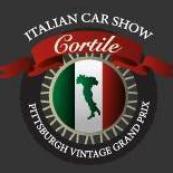 By 2007 a group of Italian Car enthusiasts prompted the Pittsburgh Vintage Grand Prix to showcase as Marque of the Year “All Italian Cars” . This included Marque of the Year Chairman, Bernard Martin, and Pam Martin, Chad Pcsoyler Ian Martin. The celebration in 2008 was so well received that the following year saw the founding of the Cortile Italian Car Show at the PVGP. Word must have gotten out about the resurgence of Interest in Italian cars because in June of 2009, Fiat Group and Chrysler Group LLC formed a strategic alliance. Consequently, Fiat has become the sixth largest car manufacturer in the world and it foretold the return of Italian marques Fiat and Alfa Romeo again being exported to North America. The Proiettore Macchina concept was introduced a the second year of the Cortile in 2010. Proiettore, in Italian, is the word for headlight. "Headlight" encapsulates our goal for Proiettore Macchina which is to shed light on the robust history of Italian motorsports and motorcars.
The Pittsburgh Vintage Grand Prix, presented by the Greater Pittsburgh Automobile Dealers Foundation, has a mission is to produce a world-class vintage racing event in order to raise funds that help provide residential care, treatment and support individuals with autism and intellectual and developmental disabilities in the Pittsburgh region through the Autism Society of Pittsburgh and Allegheny Valley School. Both of these charities play a key role in our success, supplying volunteers at all of our events.
Originally posted by Geoff Goldberg at American Lancia Club A very dear Lancista, Walt Spak, passed away recently. He had struggled with health issues for some time, but his passing was unexpected. Walt was widely respected throughout the Lancia world for his dedication to the cars, his search for authenticity in details, his careful workmanship and most generous spirit. For the club, Walt would always answer questions, treating all with a remarkable sense of fairness. For those who knew him, he gave more to others than himself.
I first met Walt getting parts in the mid-1970s. Our friendship took off instantly, as Walt taught me the intricacies of the Lancia way. we would walk up and down corridors of parts, each in their own special place, as he showed how each was carefully arranged according the Parts Books, which he made clear was the guiding work for all serious Lancia enthusiasts. Questions were carefully considered, followed by thoughtful investigation into the books, answers always found. His was a reasoned way, a voice of calm. Rare was a mistake - he always got it right.
We grew closer, and I bought his Flaminia sedan with 12 shades of primer grey, a lovely car. Along with it came discussions of which was the best B20, a subject we never let go. In later years, we’d mull which engine to put in a Fulvia, as he pondered how to get a hand clutch in a Fulvia sport. He took leave of Lancias in the 1980s, and it wasn’t until some fifteen years later we reconnected as if nothing had changed. Walt enjoyed the club reunions, going on back roads only he could find. In later years, he undertoook that thankless task of organizing reunions, one lovely one in Northern Pennsylvania. Cars were interspersed with nature, and a visit to the Corning Glass Museum - Walt wanted to make sure we had some culture along with the cars. His was an enlightened view. He would step back from the cars and see a larger picture and share that with you - and life was better for that. One busy night in Pittsburgh he and I designed his loft apartment for the warehouse where he wanted to live. With a lovely view over Pittsburgh, Walt wanted the windows to be garage doors and open all the way up, and so it was. He was a meticulous craftsman, working closely with Bob Williams restoring Aurelias, with them being responsible for the best Lancias in this country. He worked with other industrial companies and some other business endeavors, but in the end, his love of machinery took him back to Lancias. His knowledge and understanding of Lancia logic was unparalleled. Walt could tell you the plating on the engine hardware, and when it changed from this to that, and even why. He knew each camshaft, castings, bits and pieces, and enjoyed hunting down that which he didn’t know. We tracked down cams, castings, obscure details, and looked for the one magic parts book with the rare index no one knew. He went from Lancia motors to the more exotic Fiat 8V engines, always with attention to details. He loved riding his Moto Guzzi, and was active with Volkswagen Vanagons in PIttsburgh. His was a steady voice for the underdogs and for seeing the beauty in unrecognized motoring treasures. His long-term difficulties with MS did not ease, but his cheer remained undeterred. He planned to restore his Fulvia Sport to drive across the country, and he remained active in the American Lancia Club, helping to spread the word and keep interest going. He single-handedly kept the east coast branch of the club active, serving as its Vice President for many years. Walt is succeeded by his two sons, Ryan and Nathan and three sisters, to whom he was close. He will be deeply missed. Details of a memorial will be posted once known. (I got a call from Walt's son Ryan, and they are planning on a small memorial for Walt in Pittsburgh on August 24 2013 (Sat).) Geoff Goldberg 7.1.2013 Originally posted by Harlan Hadley at American Lancia Club It has been several weeks since Walt Spak succumbed to his illnesses in Pittsburgh. Although he had been enduring worsening MS for years and had recently been suffering from a difficult case of lymphoma, his friends and family never expected him to leave so soon. It’s been tough; he was a very bright light and a centerpiece of the Eastern faction of our club. His memorial gathering was well attended and reflected the diversity of Walt’s interests. His interests were diverse: there was his family, VW Vanagon enthusiasts, Moto Guzzi enthusiasts and of course some hard-core Lancisti. He would have loved it; a very diverse group meeting each other and learning about our differences and sameness’s.
The event was a great memorial to a truly great guy. He would have been proud. It certainly helped us move ourselves on and say goodbye to a good friend.
~ Harlan Hadley A memorial service will be held Sat Aug 24th 2013 from 2-8pm, Valley refuge shelter located in Riverwiew park in the North side of Pittsburgh. http://www.pittsburghparks.org/riverview-directions Walt's son Ryan expressed this, "I want everyone to know this will be come-as-you-are casual because I really think my dad would have wanted a nice remembrance of his life and for people to come together for him at least one last time without it being stuffy and formal." |
AtributionThis is a compilation of articles from a variety of sources and contributors. Attrition and sources are always provided at the top and/or the bottom of the posting. Archives
June 2024
Categories
All
|
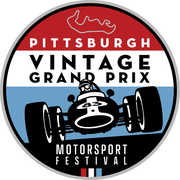
The Pittsburgh Vintage Grand Prix Association is a federally registered 501c (3) non-profit organization with a mission to hold a world-class vintage automotive race event for charity.
Since 1983 this volunteer-driven event has raised over $6 million to benefit autistic and developmentally disabled individuals through the Autism Society of Pittsburgh and Allegheny Valley School. The Pittsburgh Vintage Grand Prix remains North America's largest vintage race event, the only one run on city streets, and the 8th largest car show in the World. |

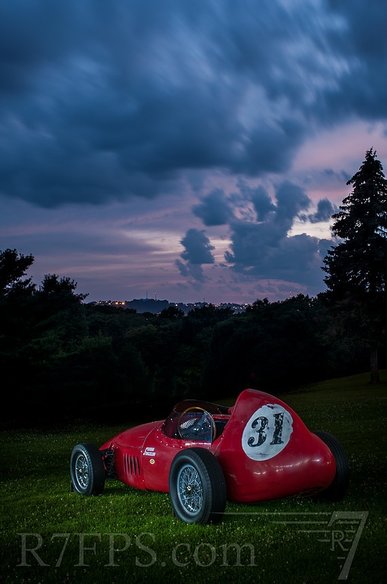
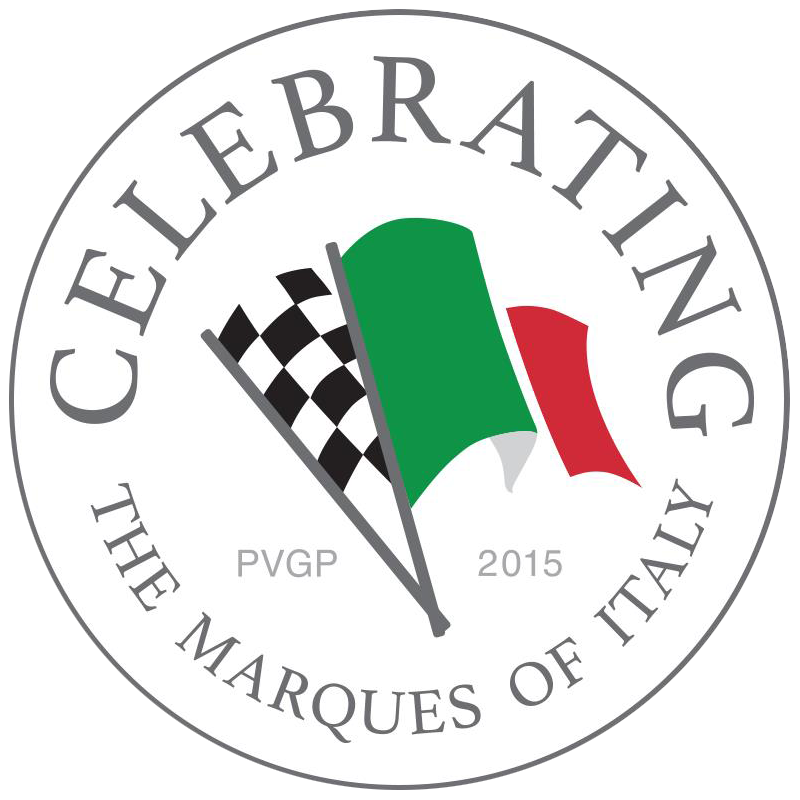
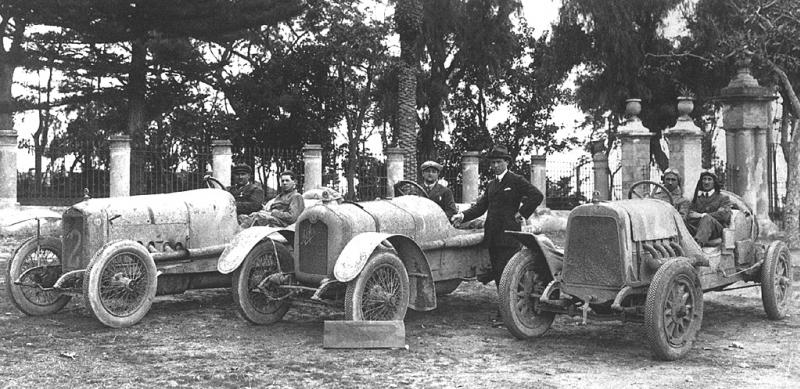
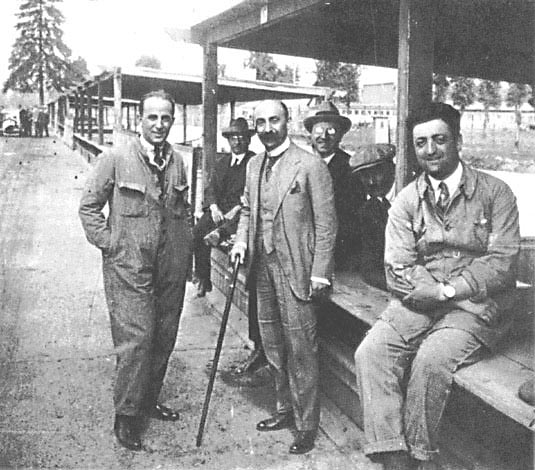
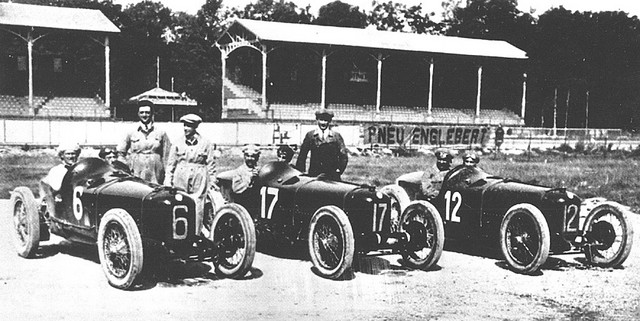
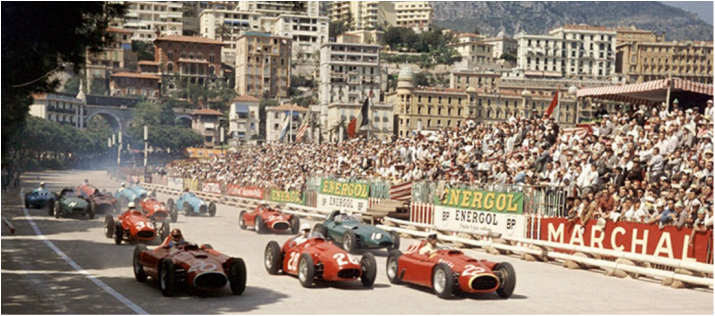
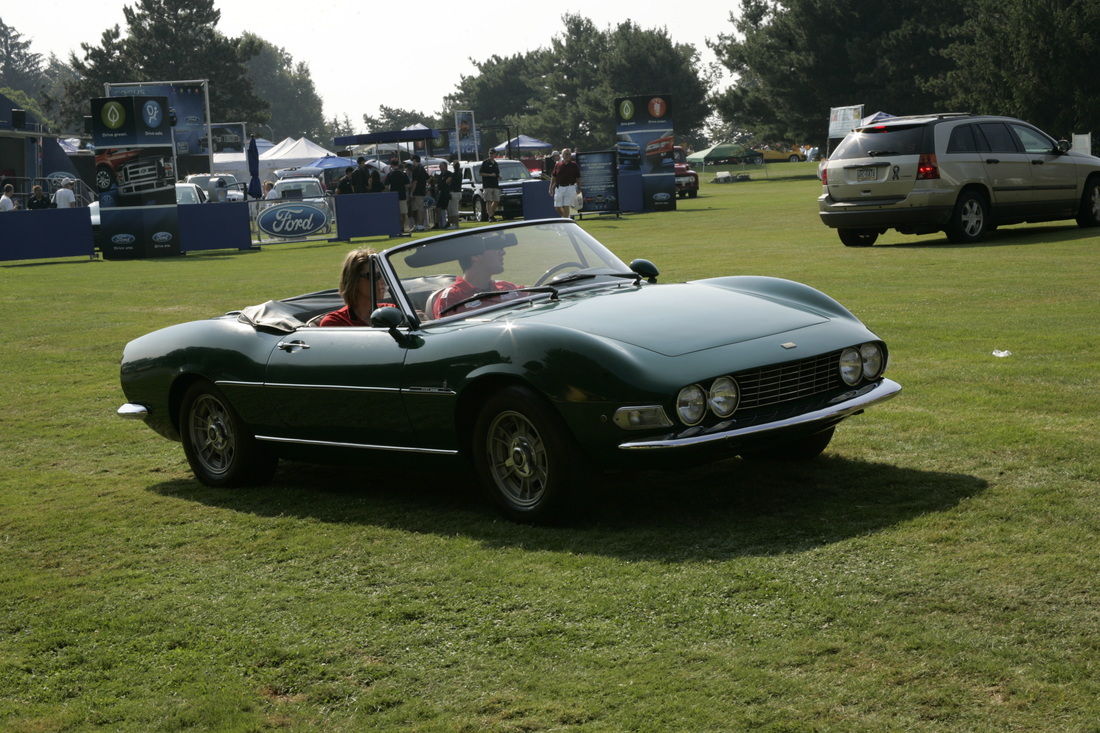
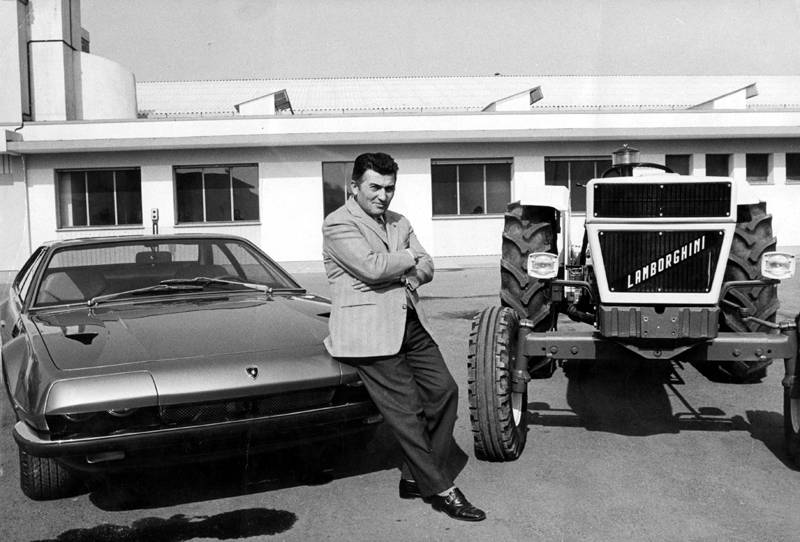
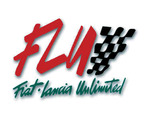
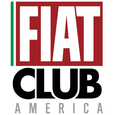
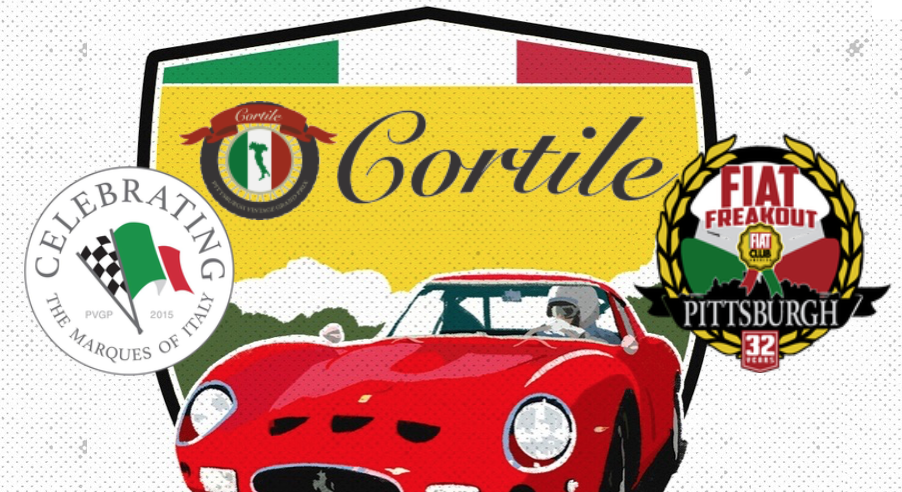
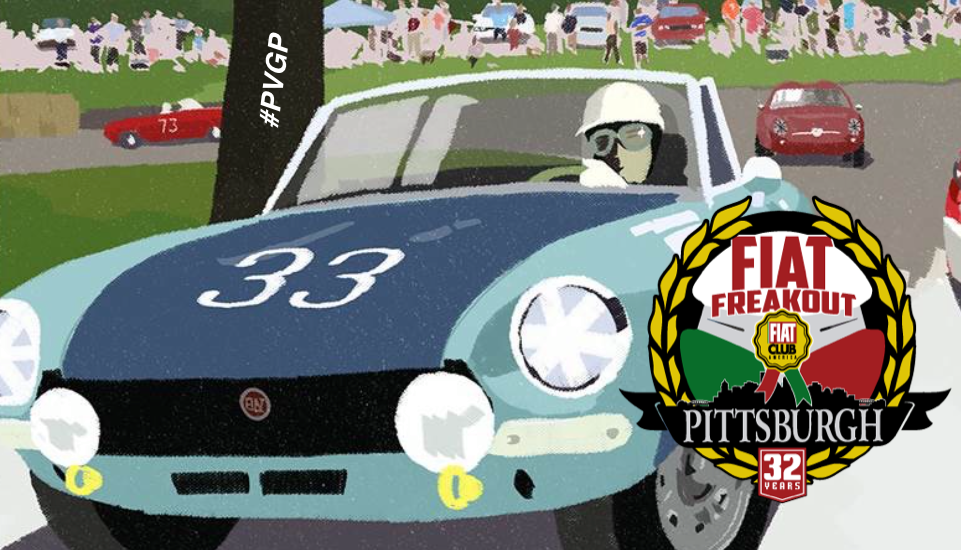
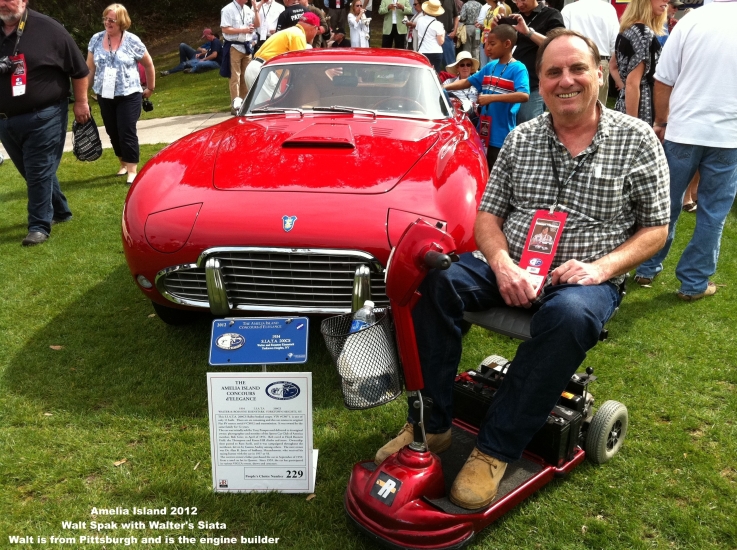
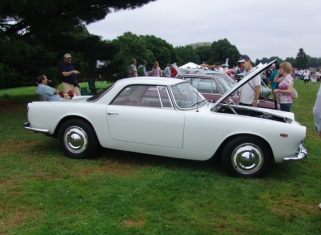
 RSS Feed
RSS Feed